In the rapidly evolving world of blockchain technology, one platform making significant waves with its unique offerings is the Avalanche blockchain. Aimed at developers and tech enthusiasts, this This guide explores in-depth what Avalanche is, highlighting its distinctive features, and provides a comprehensive comparison with other blockchains in the ecosystem.
What is Avalanche Blockchain?
At its core, Avalanche is an innovative decentralized platform designed for the development of scalable decentralized applications (DApps) and bespoke blockchain networks. It seeks to address the common challenges that have hindered prior blockchain systems, such as scalability constraints, interoperability hurdles, and user experience issues, without sacrificing decentralization or security.
Understanding the Avalanche Blockchain
The Avalanche blockchain is propelled by a groundbreaking consensus protocol that sets it apart. This protocol enables swift transactions with high throughput, low latency, and reduced energy consumption, positioning Avalanche as a leading force in the rapidly advancing blockchain sector.
Avalanche’s Distinctive Role in the Blockchain Landscape
Avalanche stands out by offering a solid foundation for developers to create robust, reliable, and secure applications at a scale of efficiency that was previously unattainable. Its standout feature is the ability to create custom-tailored blockchains that meet specific needs, providing an unmatched level of customization and flexibility compared to its rivals.
The Technological Backbone of Avalanche
The consensus mechanism employed by Avalanche marks a significant milestone in blockchain innovation. By leveraging a directed acyclic graph (DAG)-based consensus model, it allows for the parallel processing of transactions. This technological advancement greatly enhances the network’s capability to manage transactions, significantly boosting throughput and the speed at which transactions are completed.
Features of Avalanche Blockchain
Avalanche stands out in the blockchain space with a rich array of features, designed to cater to a wide range of applications and needs. Among its standout capabilities are:
- Subnets: Avalanche provides the unique ability for developers to create their own custom private or public blockchains, known as subnets. This feature allows for the creation of tailored solutions that can meet the specific requirements of various applications, ensuring greater flexibility and control.
- High Throughput: One of the key advantages of Avalanche is its capacity to support thousands of transactions per second. This high throughput ensures that operations on the platform are executed swiftly, making it an ideal choice for applications that require fast and efficient transaction processing.
- Interoperability: A critical aspect of Avalanche’s architecture is its focus on interoperability. The platform enables a seamless exchange of assets and information between different blockchains and subnets within its ecosystem. This interoperability is crucial for creating a truly interconnected and unified blockchain network, where information and value can flow freely between different parts of the system.
These features collectively make Avalanche a powerful and versatile blockchain platform, suitable for a wide array of use cases ranging from financial services to supply chain management.
Use Cases for Avalanche
The flexibility and scalability of Avalanche lend it to numerous use cases, from DeFi platforms and asset tokenization to gaming and digital identity management, showcasing its broad applicability in transforming digital transactions and interactions.
Comparing Avalanche with Other Blockchains
Ethereum
While Ethereum is widely regarded for its pioneering smart contract capabilities, its transition to a more scalable model (Ethereum 2.0) is still underway. Avalanche, in contrast, provides an immediate solution with its unique consensus mechanism and higher transaction throughput.
Solana
Solana is another competitor known for its impressive scalability. However, Avalanche provides a higher degree of customizability with its subnets, enabling more tailored blockchain solutions.
Binance Smart Chain
Binance Smart Chain offers fast and low-cost transactions. Yet, its centralized nature contrasts with Avalanche’s emphasis on decentralization, appealing to those prioritizing security and autonomy in their operations.
How to Get Started with Avalanche
For developers keen on exploring and building on the Avalanche platform, diving into the Avalanche developer documentation is an excellent first step. This resource is rich with comprehensive guides that cover a wide range of topics, including how to create decentralized applications (DApps), deploy smart contracts with precision, and launch custom subnets tailored to specific needs. The documentation is meticulously organized to cater to both newcomers and seasoned developers, ensuring a smooth onboarding experience to the Avalanche ecosystem and facilitating the development of innovative, blockchain-based solutions.
- Create an Avalanche Wallet: Begin by setting up your Avalanche wallet. This is essential for managing your AVAX tokens, which you’ll need to pay for transaction fees on the network.
- Familiarize Yourself with the Avalanche Docs: Visit the Avalanche developer documentation to get a comprehensive understanding of the platform’s architecture, features, and capabilities.
- Install AvalancheGo: AvalancheGo is the official Golang implementation of the Avalanche network. Follow the instructions on the GitHub repo to install it on your machine.
- Join the Avalanche Developer Community: Engage with other developers and the Avalanche team by joining the Avalanche Discord server or forums. This is a great way to get support and stay updated on the latest developments.
- Start Building Your DApp or Subnet: Use the tools and resources provided in the developer documentation to start creating your decentralized application (DApp) or subnet. Leverage the example codes and tutorials available to guide your development process.
- Test Your Project: Before launching, ensure that your project is thoroughly tested. The Avalanche network provides testnets for this purpose, allowing developers to validate their applications and smart contracts under real-world conditions without risking valuable assets.
- Deploy Your Project: Once you’re confident in your project’s functionality and security, follow the steps in the developer documentation to deploy your application or subnet to the mainnet.
- Market and Maintain Your Project: After deployment, focus on marketing your project to potential users and continuously monitoring and updating it as necessary to improve performance, security, and user experience.
FAQ – What is Avalanche Blockchain?
- How does Avalanche’s consensus mechanism differ?
Unlike the proof-of-work (PoW) consensus used by Bitcoin or Ethereum’s current PoW model, Avalanche uses a novel approach that achieves consensus without mining, allowing for rapid transaction finalization.
- Can Ethereum DApps be ported to Avalanche?
Yes, Ethereum DApps can be ported to Avalanche with minimal changes, leveraging the Ethereum Virtual Machine (EVM) compatibility.
- What makes Avalanche more scalable?
Avalanche’s subnet architecture and unique consensus model allow for parallel processing of transactions, drastically increasing its scalability.
- How can users participate in the Avalanche network?
Users can participate by staking AVAX tokens, running validator nodes, or developing and using applications on the Avalanche network.
- What are the primary security features?
Avalanche incorporates multiple layers of security, including validator staking, subnet isolation, and continuous monitoring to protect against attacks.
- What are some specific projects currently utilizing the Avalanche blockchain?
Projects spanning DeFi applications, NFT platforms, and enterprise solutions are being built on Avalanche, demonstrating its versatility and adoption.
Conclusion
Avalanche represents a leap forward in the blockchain landscape, offering a blend of scalability, customizability, and security that is unmatched by many of its peers. For developers and businesses looking to push the boundaries of what’s possible in decentralized apps and services, Avalanche provides a compelling platform to bring those visions to life.

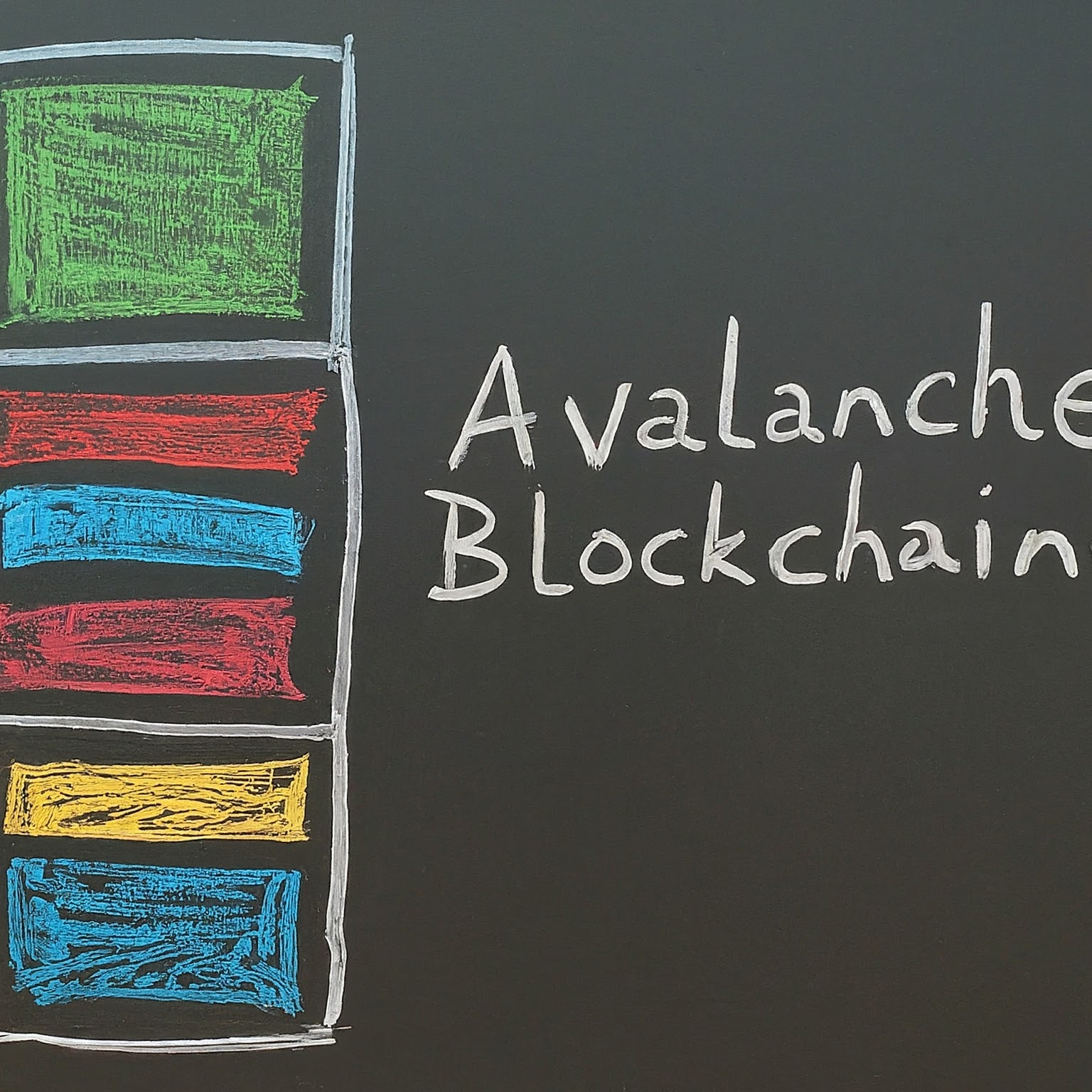

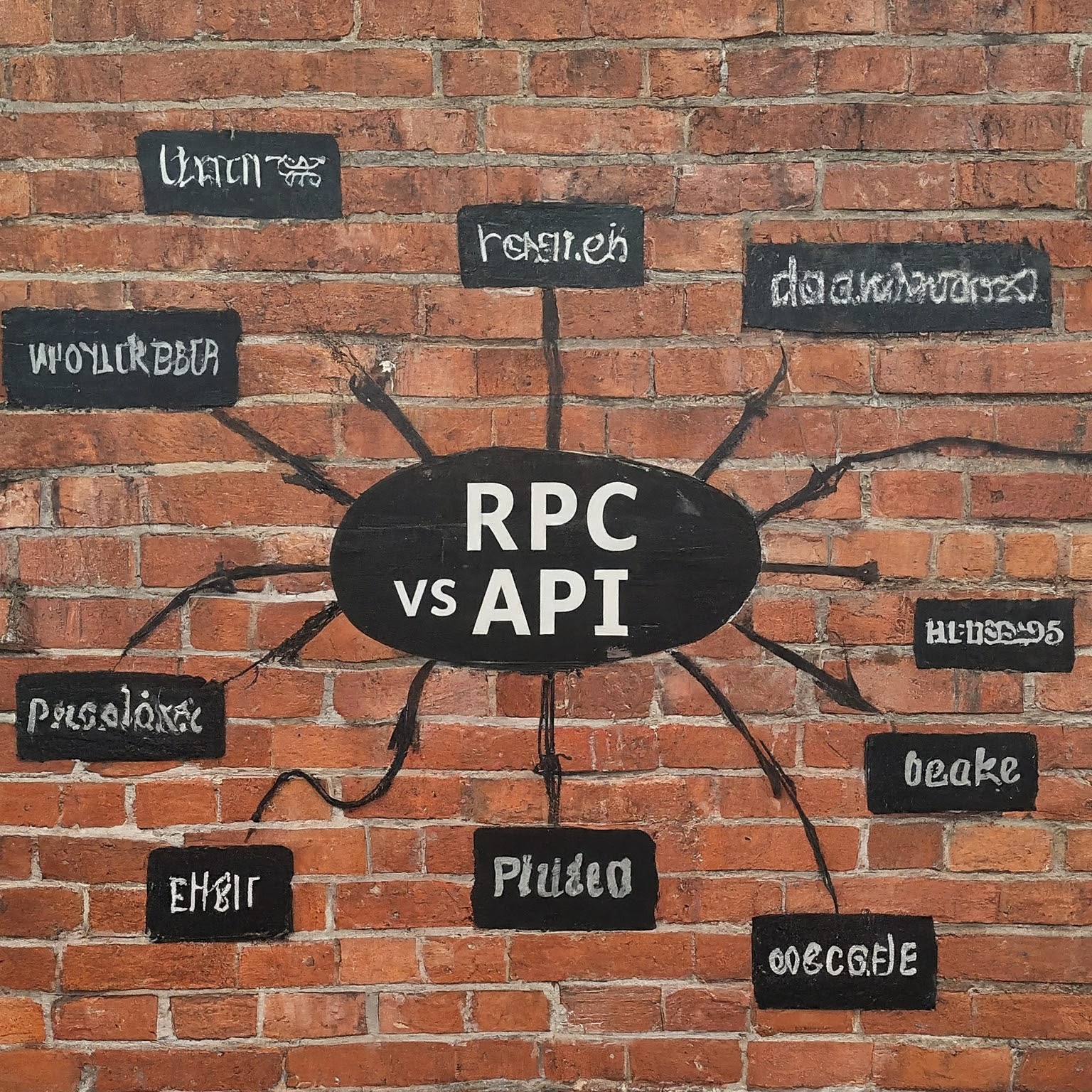
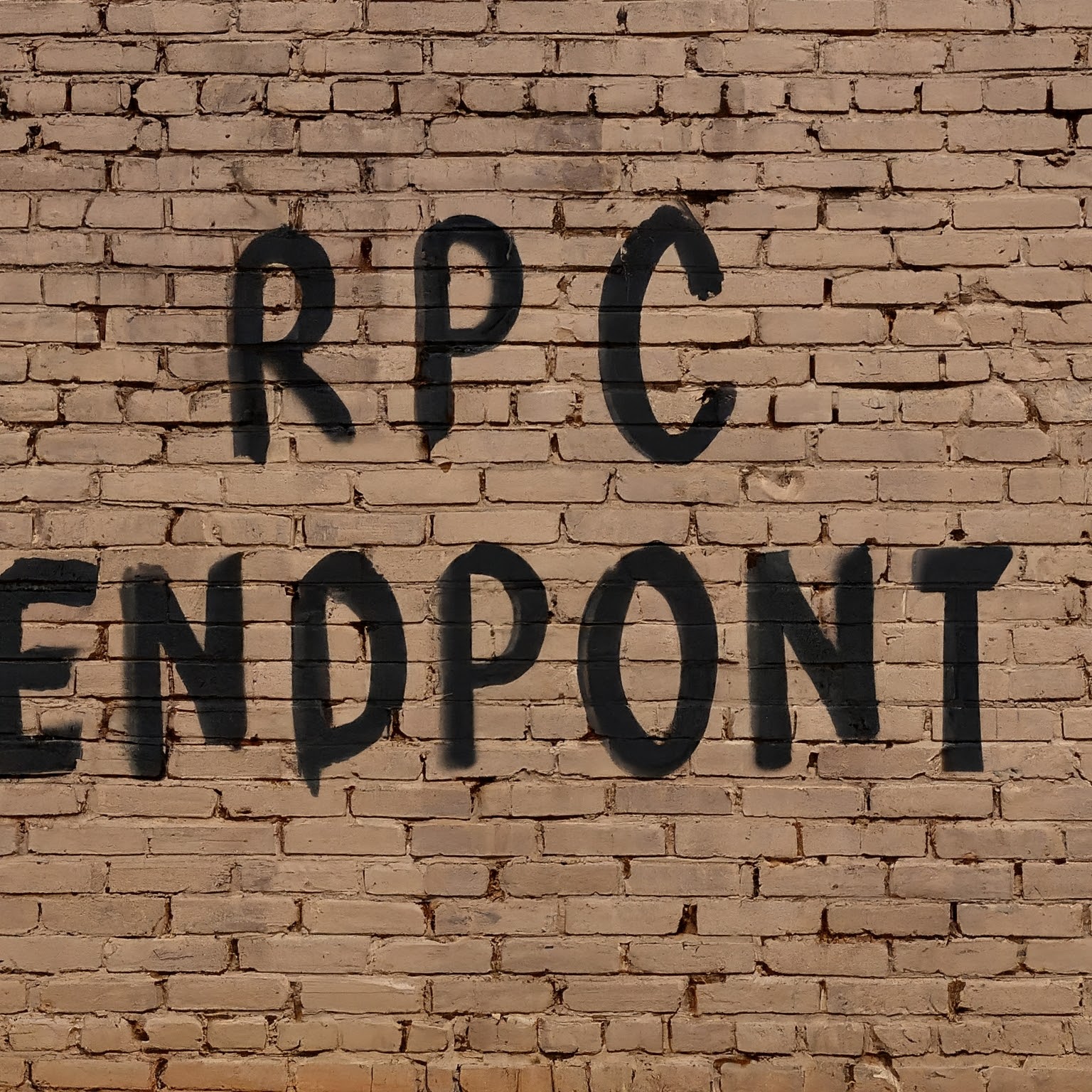

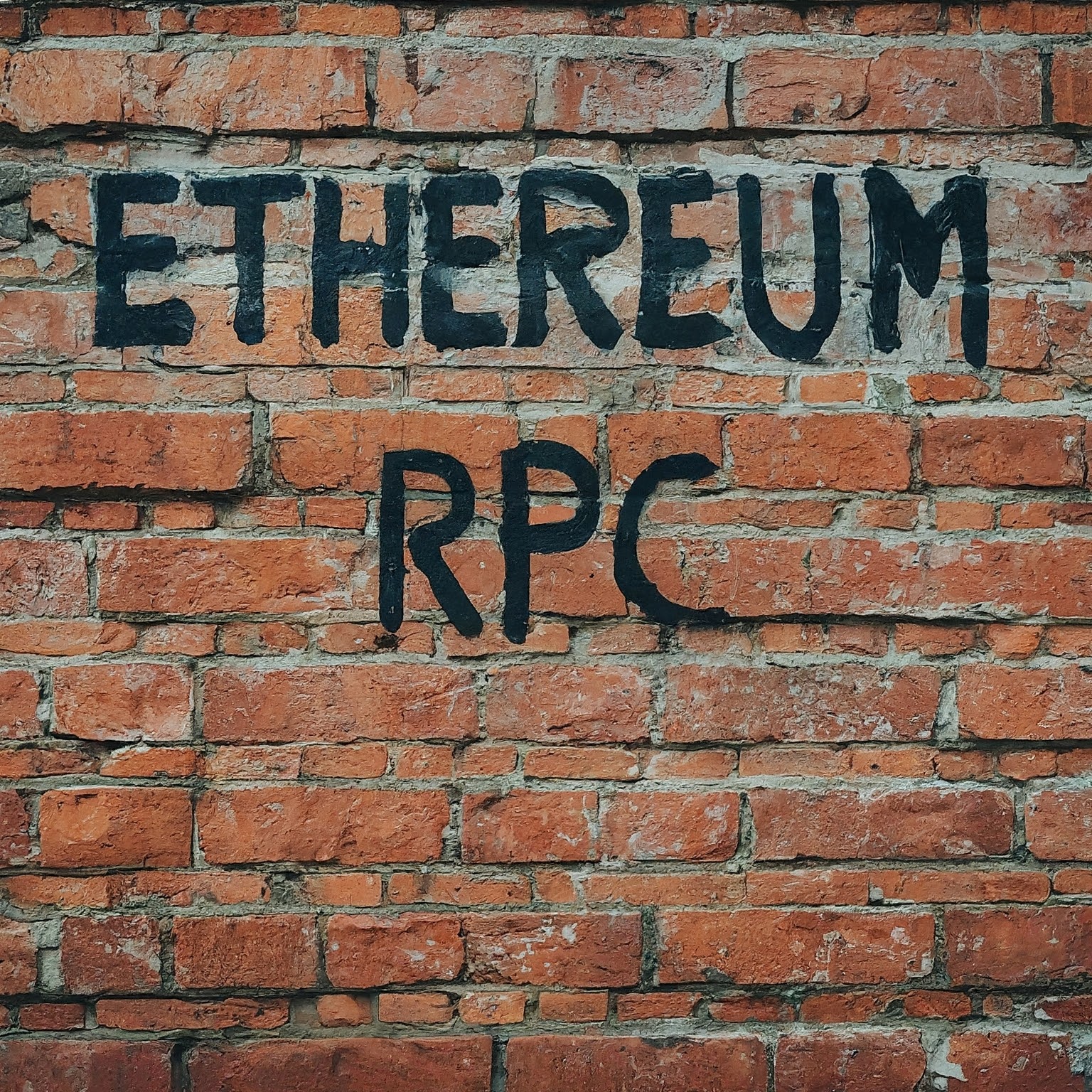
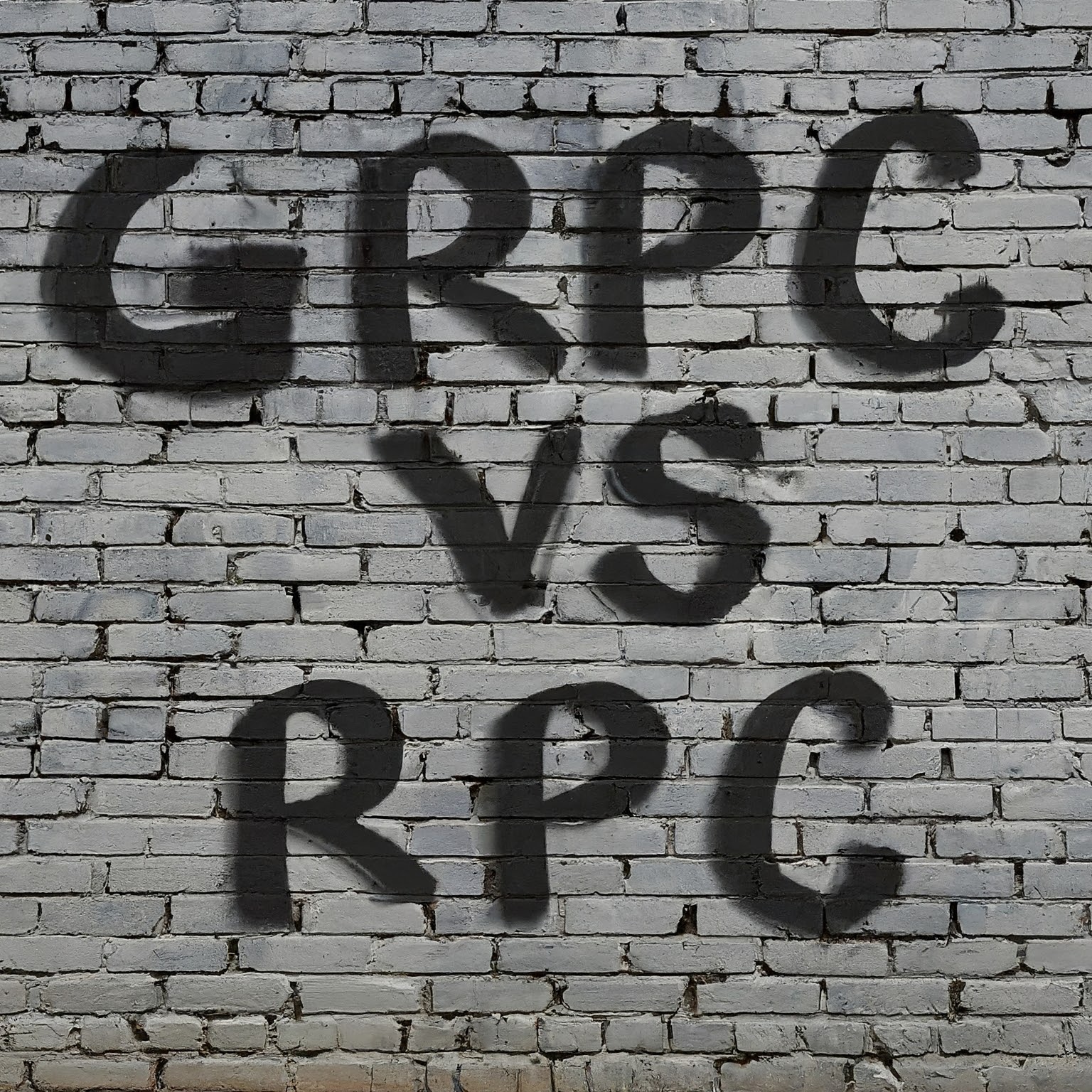
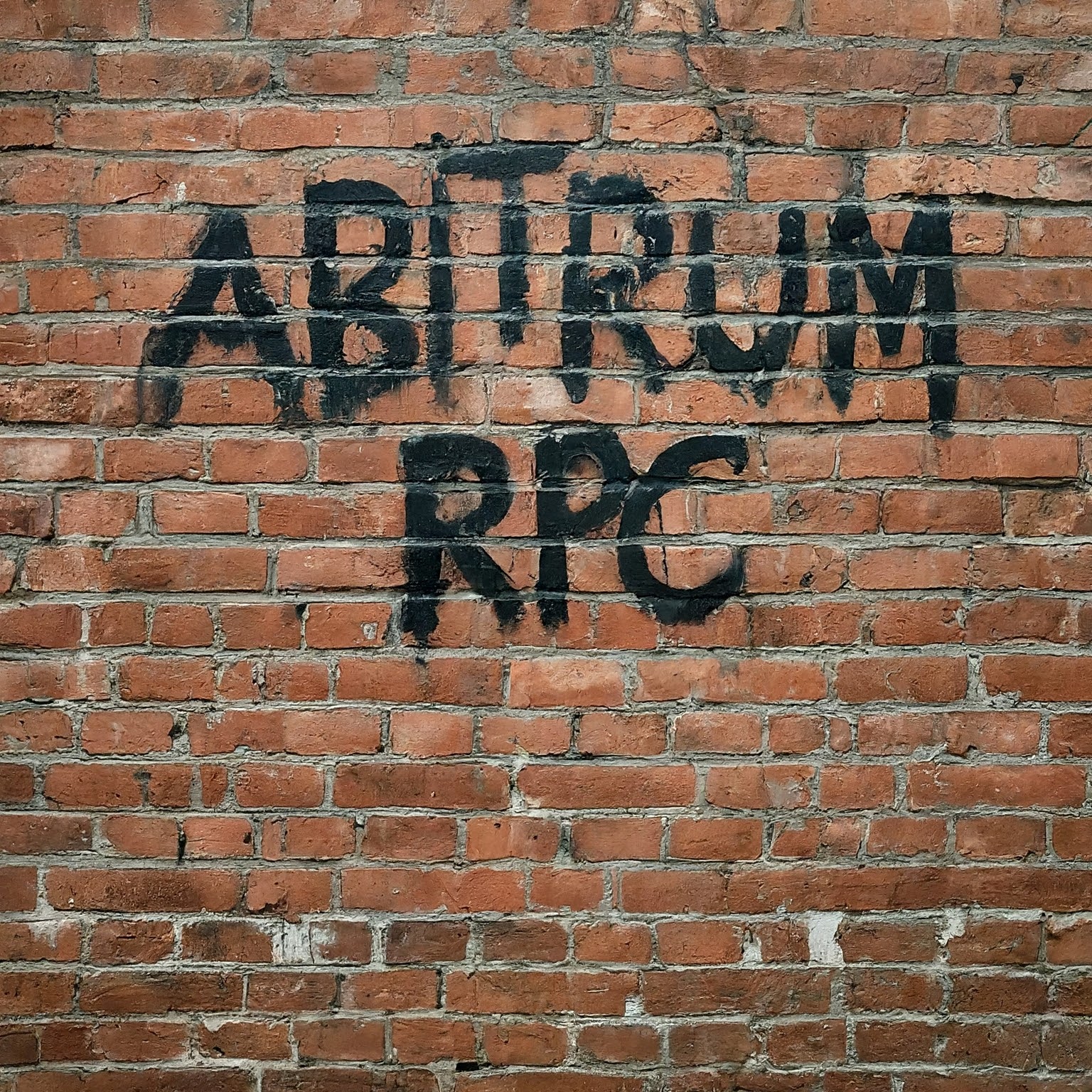

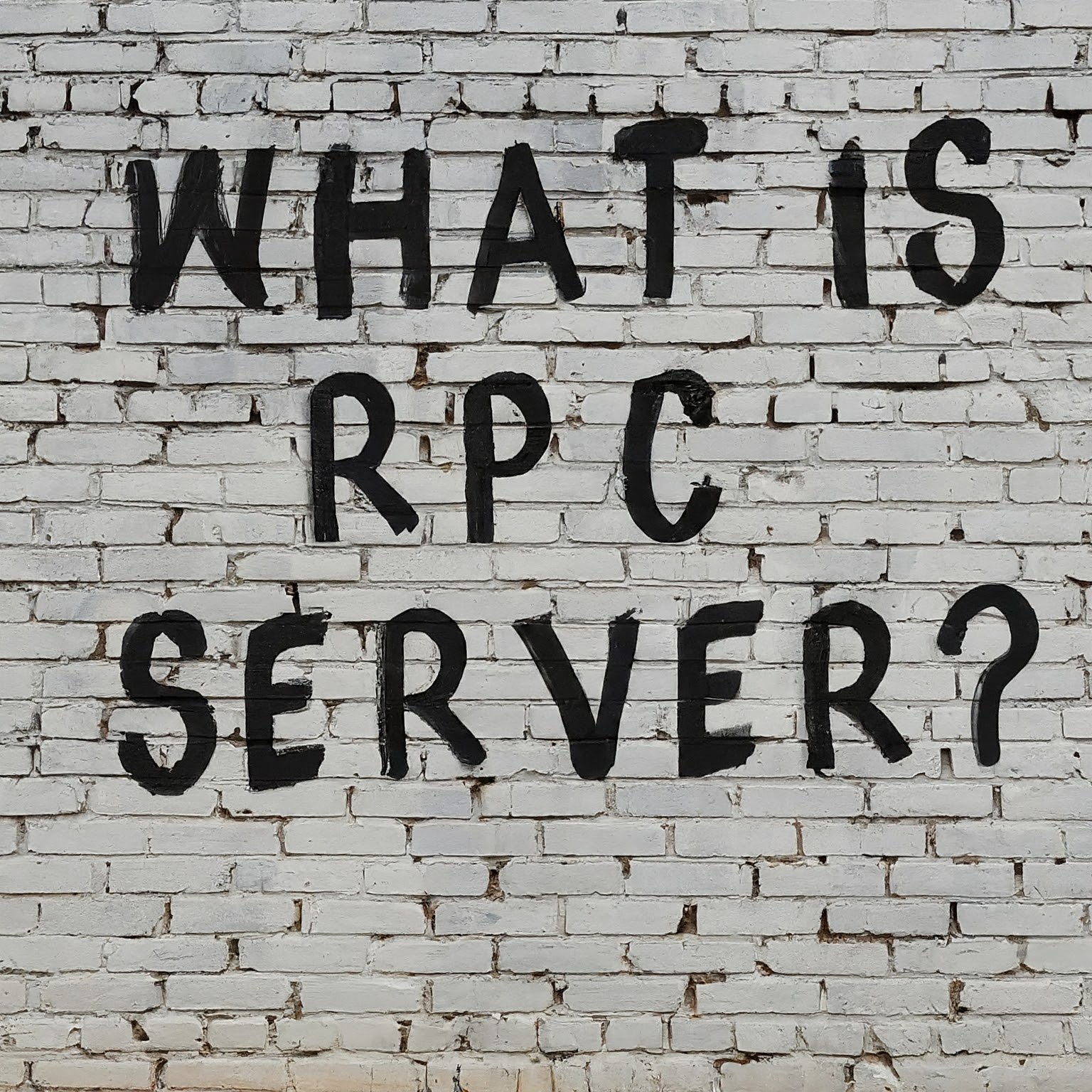

Leave a Reply
You must be logged in to post a comment.